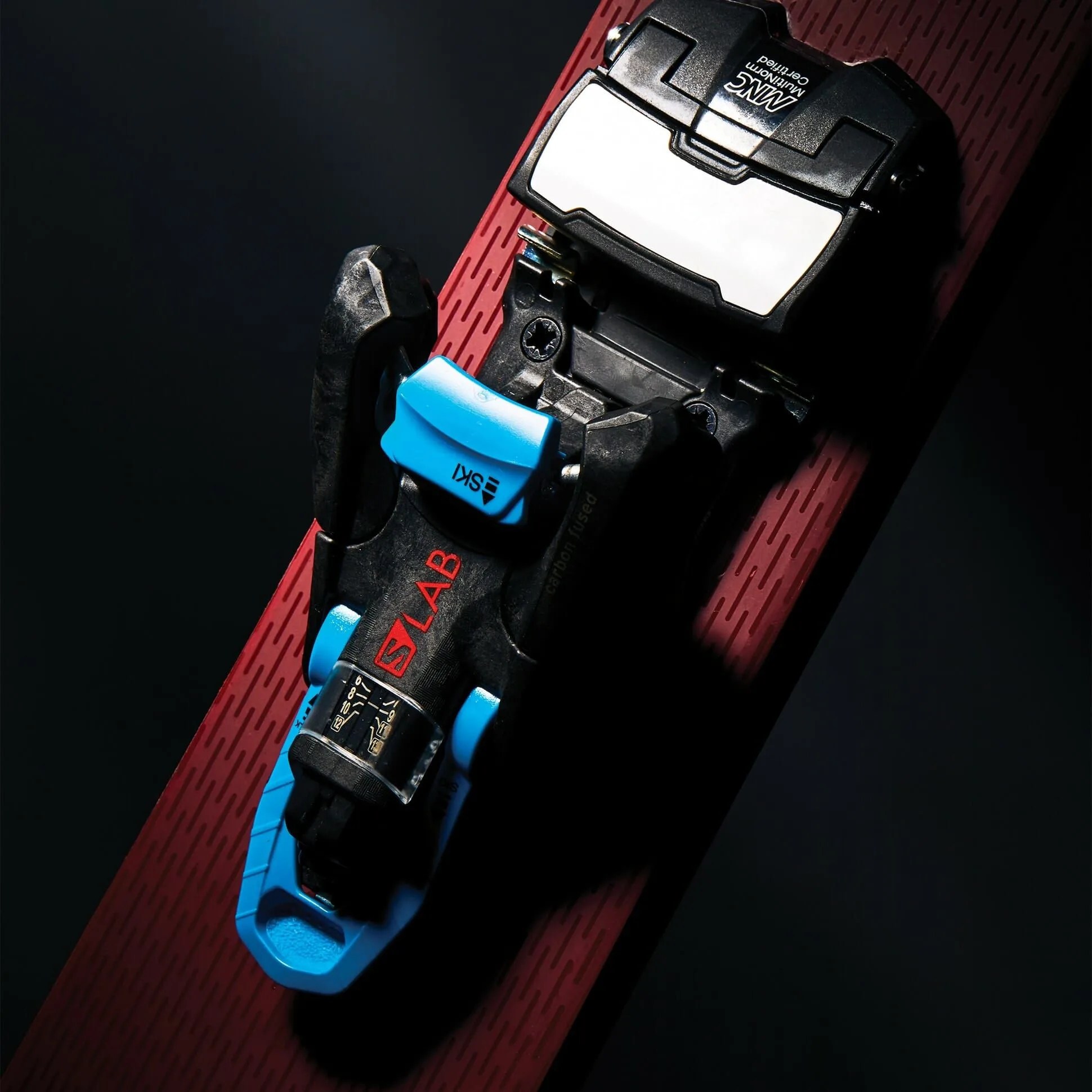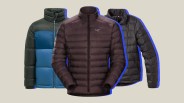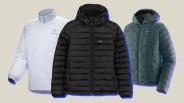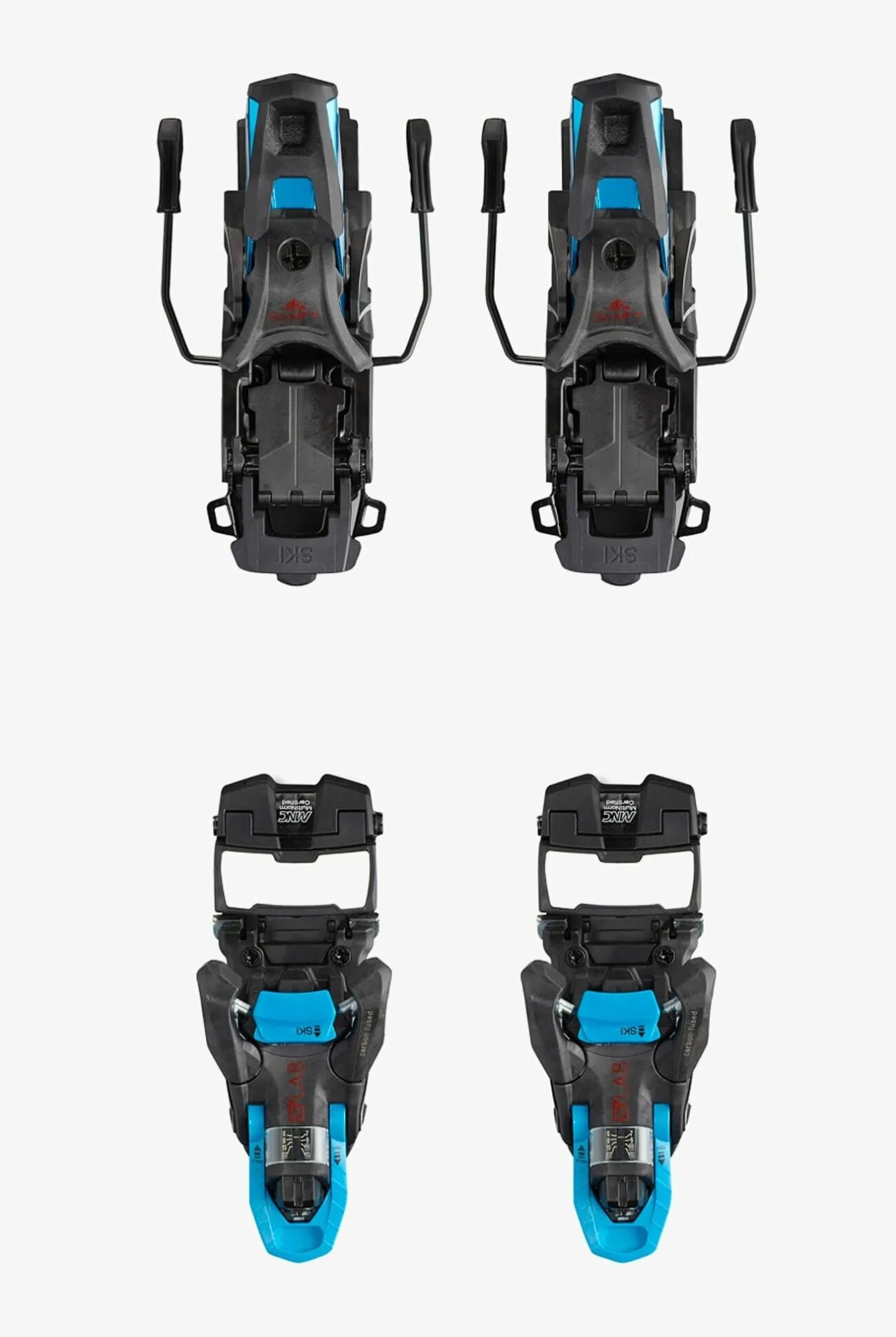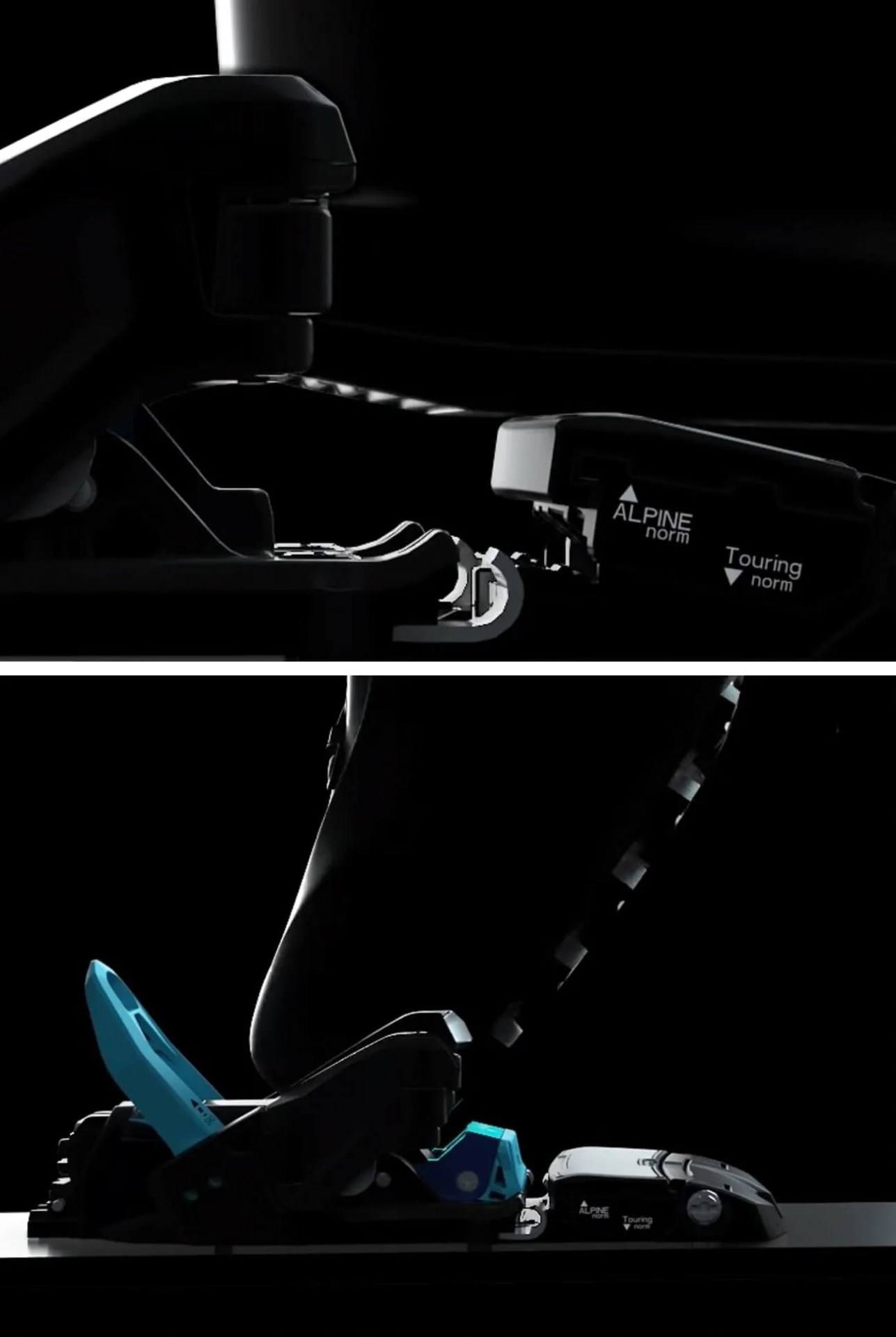Skiers who want to explore terrain beyond resort boundaries have forever faced a quandary: do they want it badly enough to buy a second pair of skis, boots and bindings specifically for touring? The cost alone is a tough pill to swallow, and for a novice who might only go into the backcountry a handful of times per season, it can be downright obstructive.
But touring bindings are designed to be light, so they don’t offer the safety and security of those intended for downhill. The compromise has been frame bindings like Marker’s Duke or Salomon’s Guardian that essentially position a full downhill rig onto a platform with a release that frees the system to pivot off the toe for uphill travel. The rather hefty downside is that with every step a skier must lift the entire weight of boot and binding, and that can take a toll over 3,000 feet of vertical.
Salomon’s answer is the S/Lab Shift MNC binding. It’s designed with a dual-purpose toe piece that transforms from a fully-certified alpine mode to a pin-equipped uphill form with the action of a lever, and it means that skiers can have their powder and eat it too, inbounds and beyond.
The Good: It’d be easy to get tangled in the binding’s highly-technical details, but the key innovation is the toe piece. It uses pins for uphill travel and transforms with a lever into an alpine binding for downhill skiing. The toe piece isn’t only more versatile; it’s also fully-certified with a DIN range that goes up to 13, so it’s remarkably safer than backcountry bindings too. Additionally, the Shift is Multi-Norm Compatible, which means it can accommodate all certified types of ski boot soles (many alpine bindings won’t accept a touring sole).
Who It’s For: The Shift’s transforming toe makes it equally suitable for those who spend half their time out-of-bounds as it is for skiers who may only go touring once or twice per year. The binding’s downhill performance is so good that it’d be a fine option for skiers who might never use its touring function (although better options exist). Perhaps, more than anyone else, it’ll be travelers who benefit most from the binding’s capabilities — instead of hauling two setups for the resort and the backcountry, they can now build one kit that’ll work everywhere.
